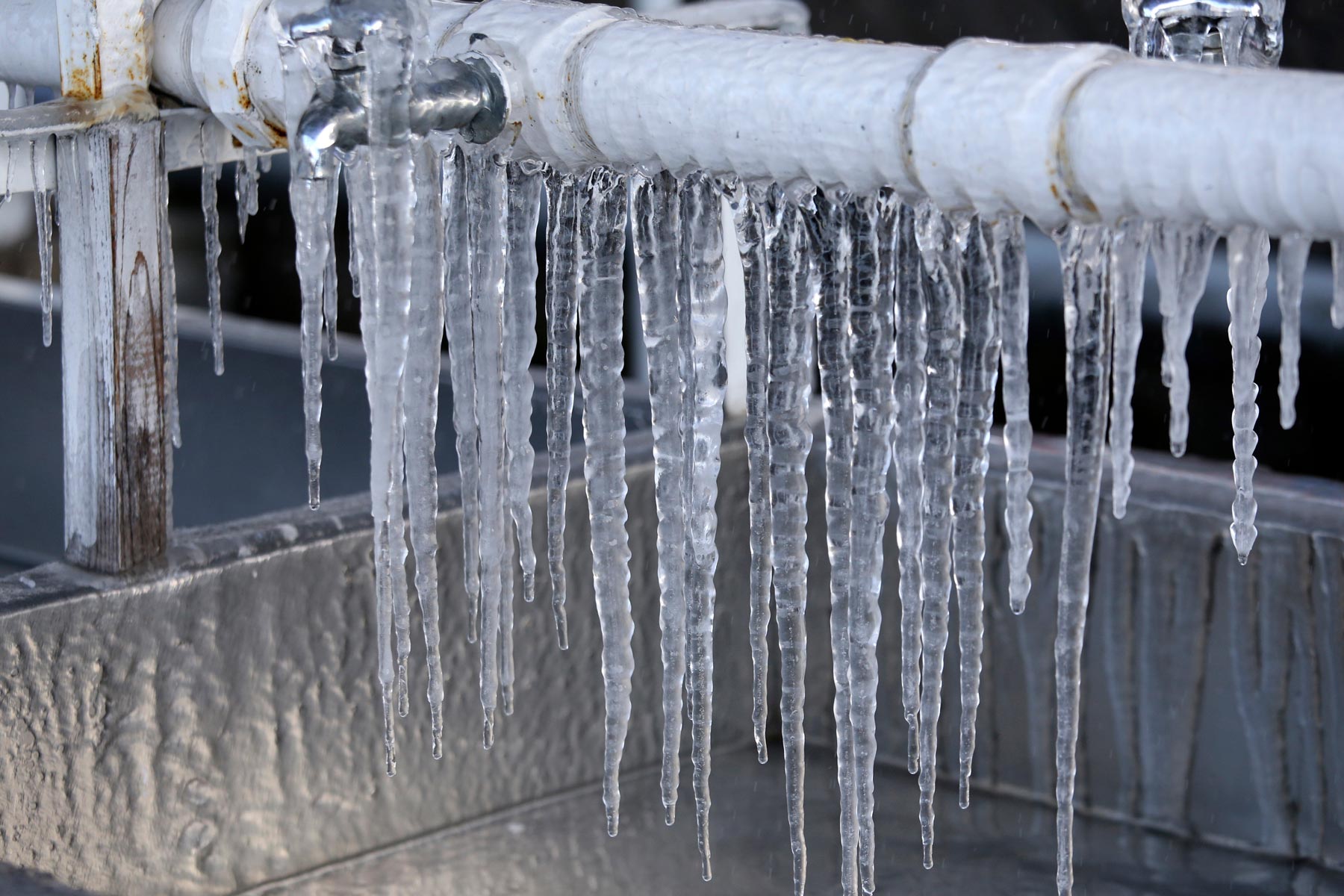Listed here in the next paragraphs you'll find a bunch of decent insight concerning Prevent Frozen Pipes .

Cold weather can ruin your pipes, particularly by freezing pipelines. Below's how to prevent it from happening and what to do if it does.
Intro
As temperatures decline, the danger of icy pipes boosts, possibly bring about expensive repair work and water damages. Comprehending how to avoid icy pipelines is vital for homeowners in cool climates.
Comprehending Frozen Pipes
What causes pipes to freeze?
Pipes freeze when subjected to temperature levels listed below 32 ° F (0 ° C) for extended durations. As water inside the pipelines ices up, it broadens, putting pressure on the pipe wall surfaces and possibly causing them to burst.
Risks and problems
Frozen pipes can result in supply of water disruptions, home damage, and expensive repair services. Burst pipelines can flood homes and create comprehensive architectural damages.
Indicators of Frozen Piping
Identifying frozen pipelines early can prevent them from bursting.
Exactly how to identify frozen pipes
Look for decreased water flow from faucets, uncommon odors or sounds from pipes, and noticeable frost on subjected pipes.
Avoidance Tips
Insulating susceptible pipes
Cover pipelines in insulation sleeves or make use of heat tape to safeguard them from freezing temperatures. Focus on pipes in unheated or exterior areas of the home.
Home heating strategies
Maintain interior areas sufficiently warmed, especially locations with plumbing. Open up cabinet doors to allow cozy air to circulate around pipelines under sinks.
Protecting Exterior Pipes
Yard tubes and outdoor taps
Separate and drain garden hose pipes prior to winter season. Mount frost-proof faucets or cover exterior taps with protected caps.
What to Do If Your Pipes Freeze
Immediate activities to take
If you presume frozen pipelines, keep faucets open to relieve stress as the ice melts. Make use of a hairdryer or towels soaked in warm water to thaw pipes gradually.
Long-Term Solutions
Structural modifications
Consider rerouting pipes away from outside walls or unheated areas. Include additional insulation to attics, cellars, and crawl spaces.
Upgrading insulation
Purchase top notch insulation for pipes, attics, and walls. Proper insulation helps keep regular temperature levels and lowers the threat of frozen pipes.
Final thought
Stopping frozen pipelines requires aggressive measures and fast actions. By recognizing the causes, indicators, and safety nets, homeowners can shield their pipes throughout winter.
5 Ways to Prevent Frozen Pipes
Drain Outdoor Faucets and Disconnect Hoses
First, close the shut-off valve that controls the flow of water in the pipe to your outdoor faucet. Then, head outside to disconnect and drain your hose and open the outdoor faucet to allow the water to completely drain out of the line. Turn off the faucet when done. Finally, head back to the shut-off valve and drain the remaining water inside the pipe into a bucket or container. Additionally, if you have a home irrigation system, you should consider hiring an expert to clear the system of water each year.
Insulate Pipes
One of the best and most cost-effective methods for preventing frozen water pipes is to wrap your pipes with insulation. This is especially important for areas in your home that aren’t exposed to heat, such as an attic. We suggest using foam sleeves, which can typically be found at your local hardware store.
Keep Heat Running at 65
Your pipes are located inside your walls, and the temperature there is much colder than the rest of the house. To prevent your pipes from freezing, The Insurance Information Institute suggests that you keep your home heated to at least 65 degrees, even when traveling. You may want to invest in smart devices that can keep an eye on the temperature in your home while you’re away.
Leave Water Dripping
Moving water — even a small trickle — can prevent ice from forming inside your pipes. When freezing temps are imminent, start a drip of water from all faucets that serve exposed pipes. Leaving a few faucets running will also help relieve pressure inside the pipes and help prevent a rupture if the water inside freezes.
Open Cupboard Doors
Warm your kitchen and bathroom pipes by opening cupboards and vanities. You should also leave your interior doors ajar to help warm air circulate evenly throughout your home.

I stumbled upon that piece on Preventing and dealing with frozen pipes while browsing the web. Enjoyed our blog entry? Please share it. Let another person find it. Thanks so much for your time spent reading it.
Appointment